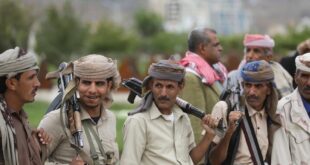For the first time since it was established, the International Criminal Tribunal for the former Yugoslavia, ICTY, will hold a hearing to consider the review of a judgment delivered by the Appeals Chamber.
On June 3 the Appeals Chamber will hold a hearing regarding Veselin Sljicancanin’s application for a review of the Appeals Chamber ruling, which he filed in January.
Sljivancanin, a major in the Yugoslav People’s Army, JNA, was sentenced in May 2009 to 17 years in prison for crimes committed near Vukovar, Croatia in 1991. The court ruled that Sljivancanin aided and abetted the murder of 194 individuals at Ovčara.
The Defence filed a review motion January 28, saying that “a new fact was discovered after the judgment was rendered”.
According to the motion, Miodrag Panic, former chief of staff of Sljivancanin’s unit, has come forward and said that Sljivancanin did not give the order for the murder and was not aware of the order.
Panic will be called by Sljivancanin to present new evidence.
ICTY spokesperson Nerma Jelacic, speaking at a press conference held in the Hague on April 22, said that it is not possible to speculate on the outcome.
“The Bench will hear and evaluate the evidence given by Miodrag Panic in order to reach a decision on Sljicancanin’s request for review but the fact that hearing is being held does not in any way express the view of the Appeals Chamber on the Review Motion,” she explained.
She also said that in ICTY history, 11 requests for review have been filed, but this is the first time time that a hearing has been scheduled to examine the request and hear a witness.
Jelacic added that none of the earlier requests for review of Appeals Chamber judgements were granted.
According to the ICTY judgement, on November 20, 1991, JNA soldiers removed about 400 non-Serbs from the Vukovar hospital. Some detainees were taken to a farm building in Ovcara, south of Vukovar. There soldiers beat them and then transported them to a ravine in the direction of Grabovo, a village close to Ovcara, where they killed “at least 264”. After the killings, the bodies of the victims were buried by bulldozer in a mass grave at the same location.
 Eurasia Press & News
Eurasia Press & News
